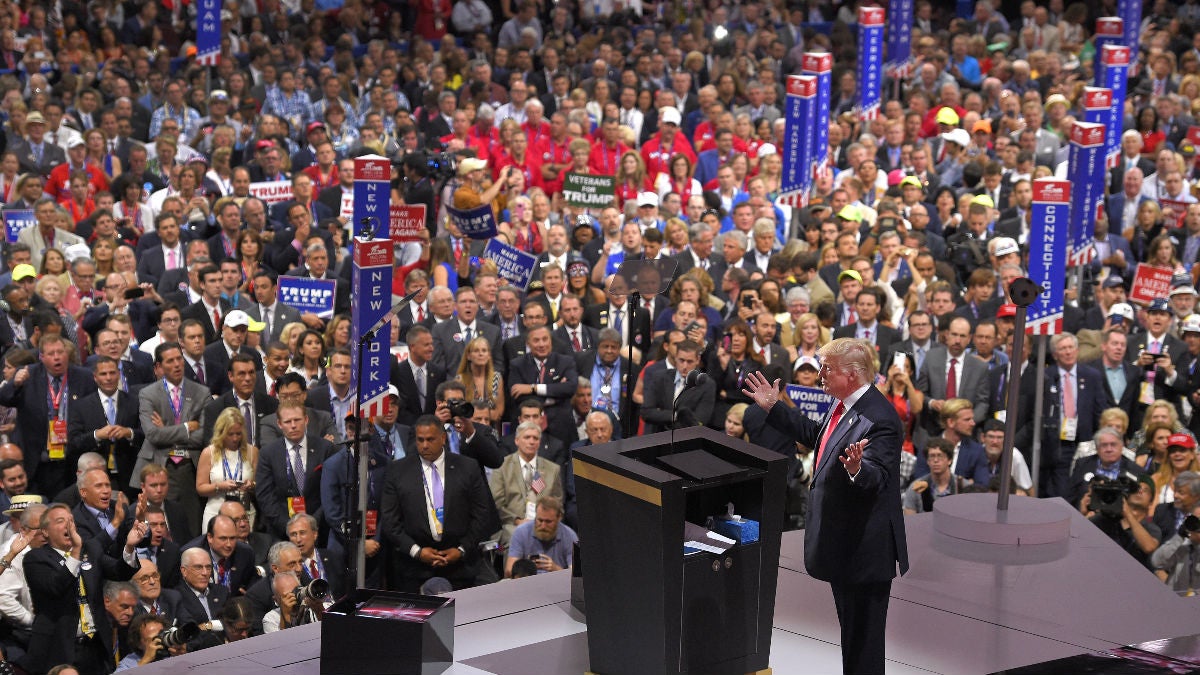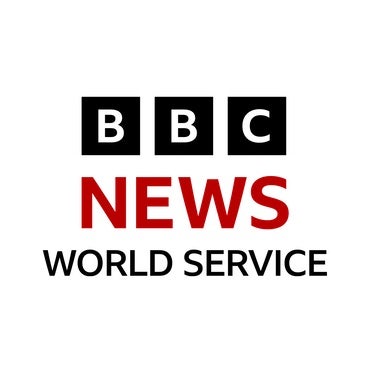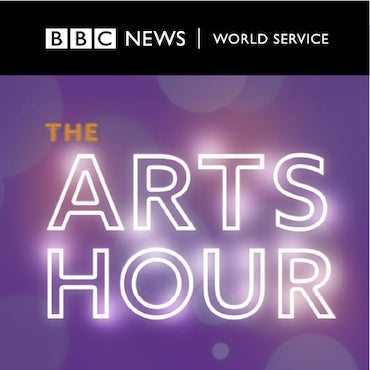The convention’s role in an unconventional campaign (video)

Republican Presidential Candidate Donald Trump speaks during the final day of the Republican National Convention in Cleveland
With the GOP convention in the books, and the Democratic convention getting underway in Philadelphia, it’s a perfect time to examine the changing role of these grand political spectacles and how that role has shifted over the years.
Monday night, Donald Trump was silhouetted in front of a bright white light as he strolled toward the stage to the sound of Queen’s “We Are the Champions.” The early convention appearance by the nominee a signal that this convention was to be as unorthodox as the candidate.
But even Trump’s different style of convention was carefully choreographed like conventions of the past. All designed to boost the candidate’s image and poll numbers. The matter of delegates officially nominating the candidate is almost an afterthought in the grand scheme how conventions are run these days.
Some say the conventions just aren’t necessary in today’s political climate. The major broadcast networks have severely curtailed their coverage. “Their argument is, ‘Well, these are just pep rallies, no actual news is happening here,” said University of Delaware professor Paul Brewer. He specializes in political communication at UD, and there’s perhaps no bigger stage for political communication than the conventions.
“If you watch the evening news, you might get a soundbite of the candidate, you might get eight seconds,” Brewer said. But at the convention? “The nominees get to speak to a national television audience for an hour, or if it’s Bill Clinton two hours. So that’s a huge opportunity for the candidates.”
Trump challenged Clinton’s long-windedness in his acceptance speech Thursday night, speaking for about 75 minutes. That’s 35 minutes longer than President Obama and Mitt Romney’s speeches in 2012.
In years past, one of the functions of a convention was to introduce the nation to candidates they may not have been very familiar with, like Mitt Romney in 2012 and even Barack Obama in 2008. But with so much attention already focused on campaigns this year, the conventions might not make as much of a difference.
“This time around, it’s hard to believe there are many Americans who haven’t thought too much about Hillary Clinton or Donald Trump,” Brewer said. “They’re really high profile candidates already, and so there’s not as much introduction taking place, so there might not be as much room to move people’s opinions.”
So after the speeches have been made, the balloons have dropped and the confetti litters the arena floor, what’s the end result?
Maybe a small bump in the polls. “Historically, most conventions give what insiders call a bounce. That is, compared to where they are going into the conventions, candidates come out with a bump in the polls, maybe three or four or five percent is typical,” Brewer said.
And that’s if everything goes as planned. Ted Cruz flipped the script on Republicans by refusing to endorse Trump during his conventions speech on Wednesday. It remains to be seen how that division will impact the polls. “This time around, we might see that typical bounce if conventions go as planned,” Brewer said. “Maybe there’s not as much room for a bounce, just because the candidates are so well known and people have already made up their minds by and large about Clinton and Trump.”
WHYY is your source for fact-based, in-depth journalism and information. As a nonprofit organization, we rely on financial support from readers like you. Please give today.





